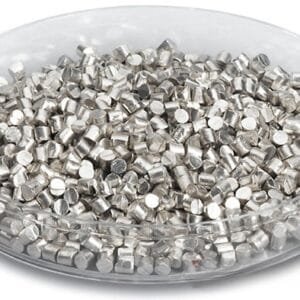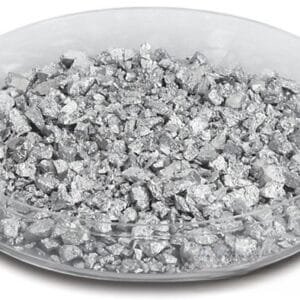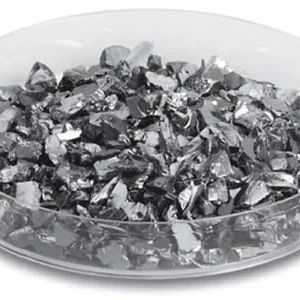Barium Sulfide Evaporation Materials Overview
Barium sulfide (BaS) is a crucial sulfide ceramic material used in evaporation processes. Our high-purity barium sulfide materials are essential for producing high-quality films in various deposition applications. TFM excels in crafting barium sulfide with purity levels reaching up to 99.9995%, employing stringent quality control measures to ensure product reliability.
Related Products: Barium Evaporation Materials, Sulfide Ceramic Evaporation Materials
Specifications of Barium Sulfide Evaporation Materials
| Material Type | Barium sulfide |
| Symbol | BaS |
| Appearance/Color | White solid |
| Melting Point | 2,235 °C (4,055 °F; 2,508 K) |
| Density | 4.25 g/cm |
| Purity | 99.9% |
| Shape | Powder/ Granule/ Custom-made |
Applications of Barium Sulfide Evaporation Materials
Barium sulfide evaporation materials are widely used in various deposition techniques such as semiconductor deposition, chemical vapor deposition (CVD), and physical vapor deposition (PVD). They are particularly valuable in the production of optical coatings, including wear-resistant layers, decorative finishes, and display components.
Packaging and Handling
Our barium sulfide evaporation materials are meticulously packaged and clearly labeled to facilitate easy identification and maintain quality during storage and transport. We ensure that each package is handled with care to prevent any damage.
Contact Us
TFM is a premier provider of high-purity barium sulfide evaporation materials. We offer a range of shapes, including tablets, granules, rods, and wires, with customization options available. In addition to evaporation materials, we also supply evaporation sources, boats, filaments, crucibles, heaters, and e-beam crucible liners. For pricing and inquiries on evaporation materials and other products not listed, please reach out to us.


 MSDS File
MSDS File



Reviews
There are no reviews yet.